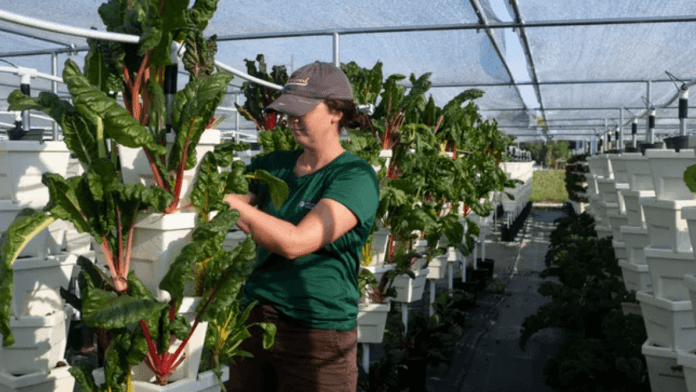News in Brief:
– USDA announces a $145,000 investment in Turn Around Columbus to support urban farming and youth development as part of a larger $1.5 million grant.
– While this funding aims to boost local agricultural efforts and market access, questions remain about its long-term sufficiency for addressing the broader challenges faced by small and mid-sized urban farmers.
In a recent visit to Columbus, Georgia, United States Agriculture Secretary Tom Vilsack announced a $145,000 investment in Turn Around Columbus, a nonprofit focused on youth development and entrepreneurship. This funding is part of a larger $1.5 million grant awarded to the University of Georgia’s Archway Partnership by the USDA through the new Urban County Committee pilot program.
The Biden-Harris Administration aims to support urban producers, emphasising small and mid-sized operations because of their critical role in the agricultural economy.
This financial boost is designed to expand educational programs, training, and marketing efforts at the initiative, while also purchasing new equipment and supplies.
Local farmers in Columbus will directly benefit from this funding. By enhancing training and providing better equipment, the farmers can increase their production efficiency and market reach. This initiative also aims to build the next generation of community leaders and entrepreneurs, fostering a robust local agricultural economy.
Broader USDA initiatives in Georgia
Beyond this investment, the USDA is rolling out several programs to create new markets for both urban and rural producers in Georgia:
- Climate-Smart Commodities: With $892.6 million allocated to Georgia, this initiative supports climate-smart practices, helping producers access new revenue streams.
- Regional Food Business Centers: The Southeast Regional Food Business Center will aid Georgia’s food businesses in navigating federal, state, and local resources, enhancing market access.
- Local Food Purchase Assistance: This program ensures the distribution of locally grown food from underserved producers to rural and remote communities, promoting fresh, nutritious food systems.
While the $145,000 grant and broader USDA initiatives signal positive steps, questions remain about their sufficiency. Local farmers, often struggling with high operational costs and market access, might find this funding a temporary relief rather than a long-term solution. The real test will be in sustained support and infrastructure development to ensure these farmers can thrive independently.



